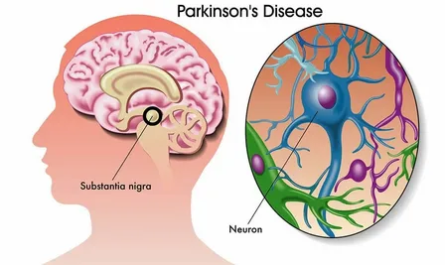A recent study conducted by researchers from the University of Maryland, Baltimore County (UMBC), University of Maryland, Baltimore (UMB), and the Smithsonian Environmental Research Center (SERC) utilized underwater cameras to assess the types of habitat provided by oyster reefs across 12 tributaries in the Chesapeake Bay. This novel technique involved collecting images of reef structures at approximately 50 sites in each tributary, spanning a total geographic area of 215 km. The researchers also monitored habitat changes over time in two of the tributaries, sampling in 2017, 2019, and 2021.
The study encompassed sites in Maryland and Virginia, encompassing a wide range of salinities. The researchers observed both restored and unrestored reefs, as well as oyster sanctuaries and harvested reefs. The findings indicated that unharvested and restored reefs displayed the most complex structures, with a greater surface area covered with oysters and increased reef height, signifying the height of the reef above the bay bottom.
Complex reef structures create more abundant habitat for oysters and other bay wildlife, including fish and crustaceans. The impact of salinity on reef structures depended on factors such as restoration and harvest status. Allison Tracy, assistant professor of marine biotechnology at UMBC/UMB and lead author of the study, emphasized the significance of managing harvest and restoration, as these are crucial tools for managers. She highlighted that the study’s scale allowed for the recognition of the important contributions of harvest, restoration, and salinity to habitat patterns.
Over the course of the study, all monitored sites observed an overall upward trend in habitat scores, which is promising for the bay and its dependents. Unharvested and restored reefs consistently maintained higher habitat scores throughout the study period. Tracy explained that the study’s use of underwater photography addressed longstanding challenges in understanding restoration success and allowed for efficient surveying of numerous sites, facilitating comparisons among different types of oyster reefs. The research indicated that oyster restoration leads to an increase in both oyster populations and complex reef structures, which provide habitat for various species.
Tracy emphasized that the solution is not to entirely stop harvesting, despite the importance of reef restoration and the designation of sanctuaries. Harvested reefs still play a crucial role in providing habitat, albeit with different characteristics. Tracy stated that harvested reefs contribute something different to the overall habitat, while also possessing economic significance.
Moving forward, the research team aims to expand upon their findings. They are currently working on a follow-up paper that employs more intensive sampling methods to verify the results obtained from the rapid assessment technique. The team also intends to explore ways to collect additional underwater data at each site to identify the other species utilizing the reefs; however, this is currently limited by the camera’s battery life.
Furthermore, the authors hope to utilize machine learning techniques to analyze the collected images, improving efficiency while maintaining accuracy. While previous applications of machine learning have proven less accurate than human analysis, advancements in the field may lead to more reliable results in the future. For this study, a citizen scientist from SERC, David Norman, analyzed all the images to determine reef habitat scores. The consistency provided by having one person score the images significantly improved the accuracy, but automated scoring could potentially offer consistency across multiple studies. SERC is also exploring the feasibility of crowd-sourcing the image analysis to enhance both consistency and efficiency.
This study offers valuable insights into the relationships between management practices, environmental conditions, and reef habitat within the Chesapeake Bay. With significant restoration efforts underway, various management practices in place, and widespread engagement from conservation organizations, fisheries, state governments, and local citizens, the researchers are grateful for the opportunity to conduct research in one of the world’s largest estuary systems. Tracy emphasized the fortunate nature of working in the Chesapeake Bay and the conducive environment it provides for this research.
*Note:
1. Source: Coherent Market Insights, Public sources, Desk research
2. We have leveraged AI tools to mine information and compile it



